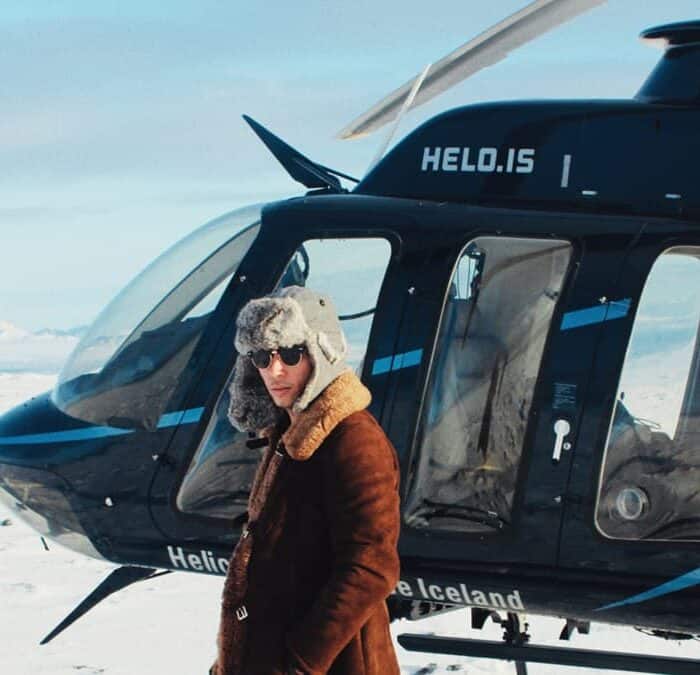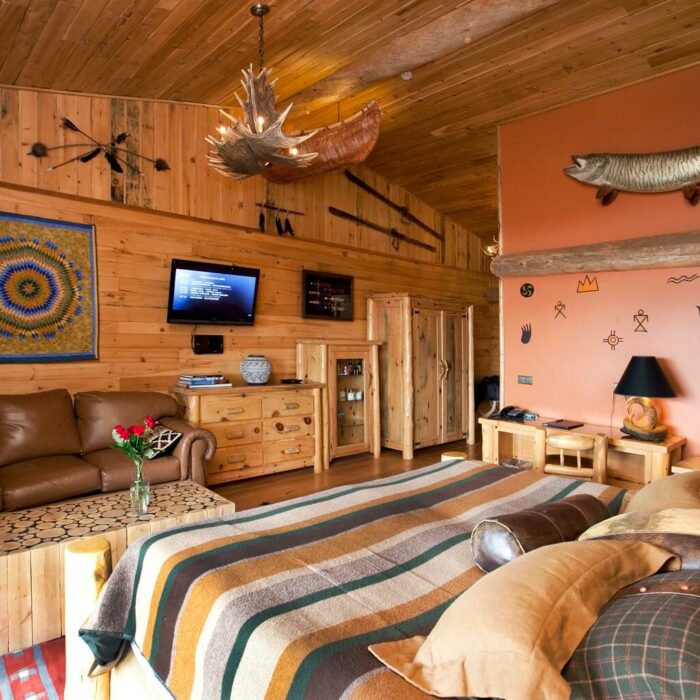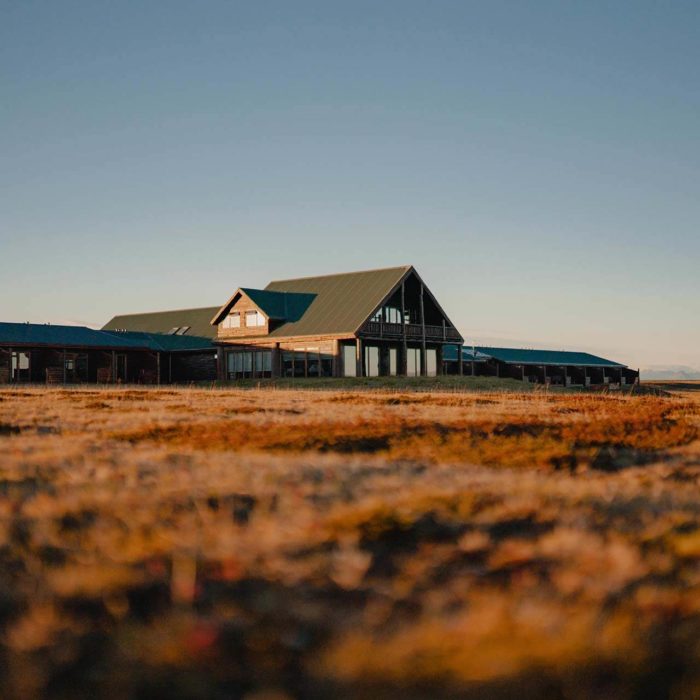Table of Contents
Iceland is known as the land of fire and ice for a good reason–the country is home to over 30 active volcanic systems, many of which are found underneath icy glaciers. Over the last centuries, there have been several particularly intense volcanic eruptions in Iceland. Nowadays, scientists speculate that this volcanic activity affected weather systems across Europe and perhaps even Africa and Asia.
In more recent years, Iceland has made global headlines due to volcanic eruptions that have stopped air travel and provided the world with brilliant imagery of epic lava flows. Below, we have created a list of some of the most interesting and destructive eruptions in Iceland’s history. Who knows, by the time you read this another volcano could be preparing to blow.
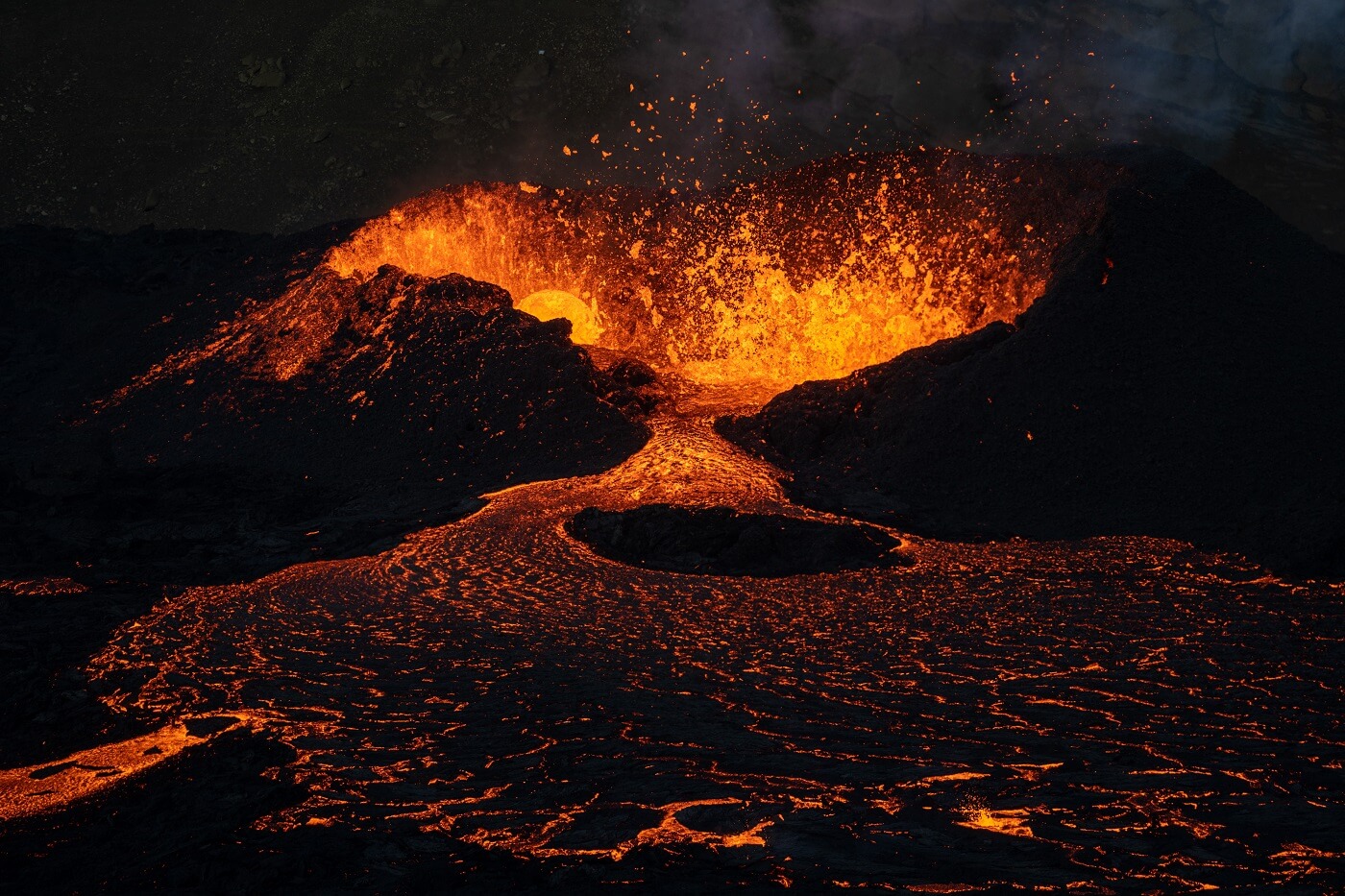
The Fires of Skaftár in the Laki Fissure
On June 8th, 1783 a volcanic eruption started in the Icelandic highlands in the Laki fissure. Known as Skaftáreldar or the fires of Skaftár, the eruption expelled huge amounts of poisonous gas and ash which affected Iceland’s soil. As a result, crops were destroyed, livestock died and a severe famine persisted for several years.
What’s more, the eruption’s effects were more widespread than Icelanders could realize. Ash clouds and poisonous gas traveled across the ocean all the way to Europe, affecting crops across the continent. Historians even suggest that the eruption led to France’s poor harvests in the late 1780s, thus triggering the French Revolution. Furthermore, scientists speculate that the eruption’s effects could be felt as far away as Egypt and India.
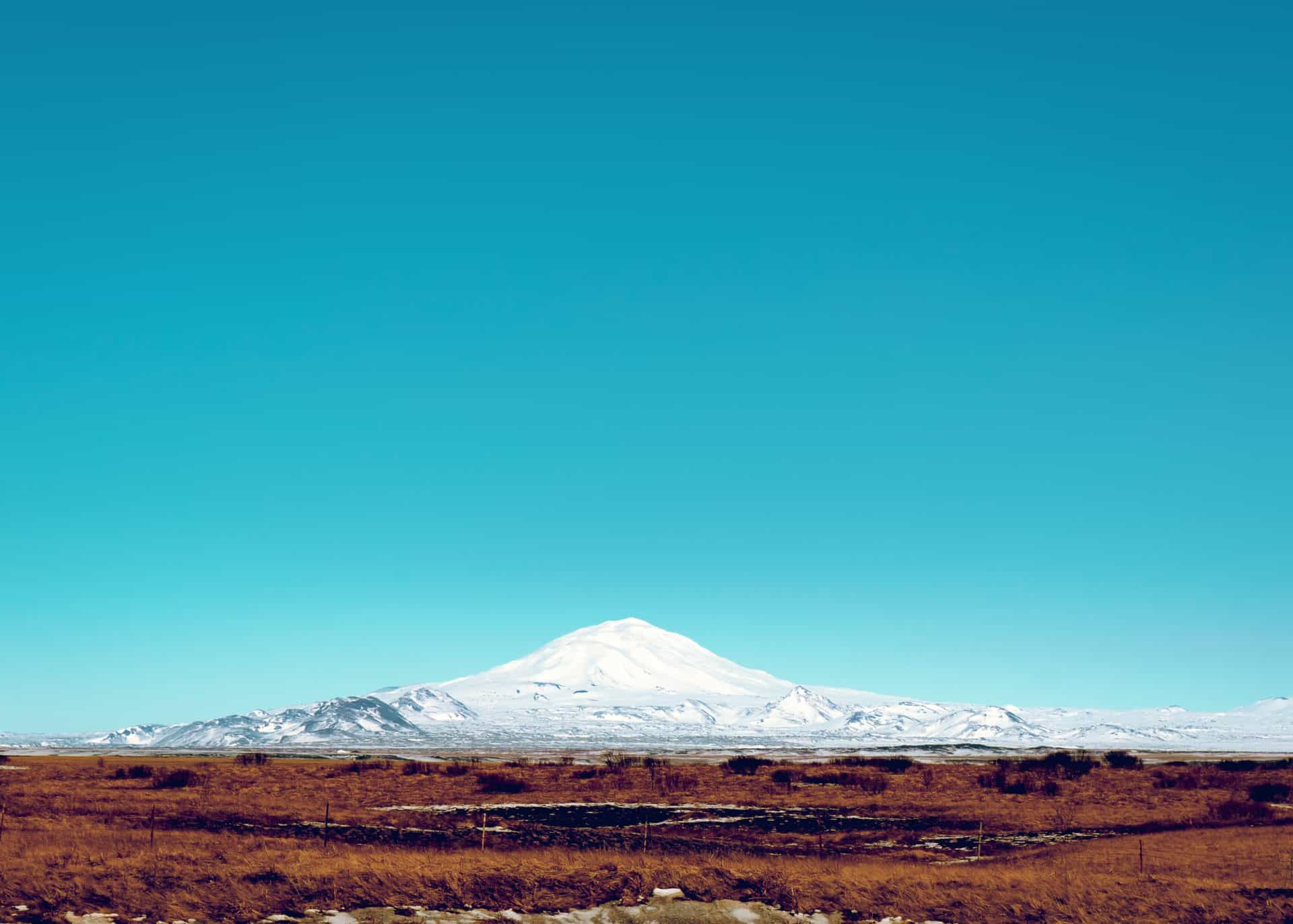
Volcanic Eruptions in Iceland: Hekla Volcano
If you stand at Hotel Rangá’s front door and look to the north, you will spot a majestic conical mountain that is usually covered with snow. This is Hekla–Iceland’s most active volcano. Hekla has erupted between twenty to thirty times since Iceland’s settlement in 874 AD. The volcano’s intense activity has long been linked with legend and myth. In fact, after a particularly violent eruption in 1104, Hekla began to be referenced as the gateway to Hell.
Despite Hekla’s status as Iceland’s most active volcano, there is no need to worry. Geologists monitor the volcano very closely in order to know when the next eruption will start. The last eruption took place on February 26, 2000, so we are due for volcanic activity any day now. An eruption is certainly coming–it’s not a question of if but when.
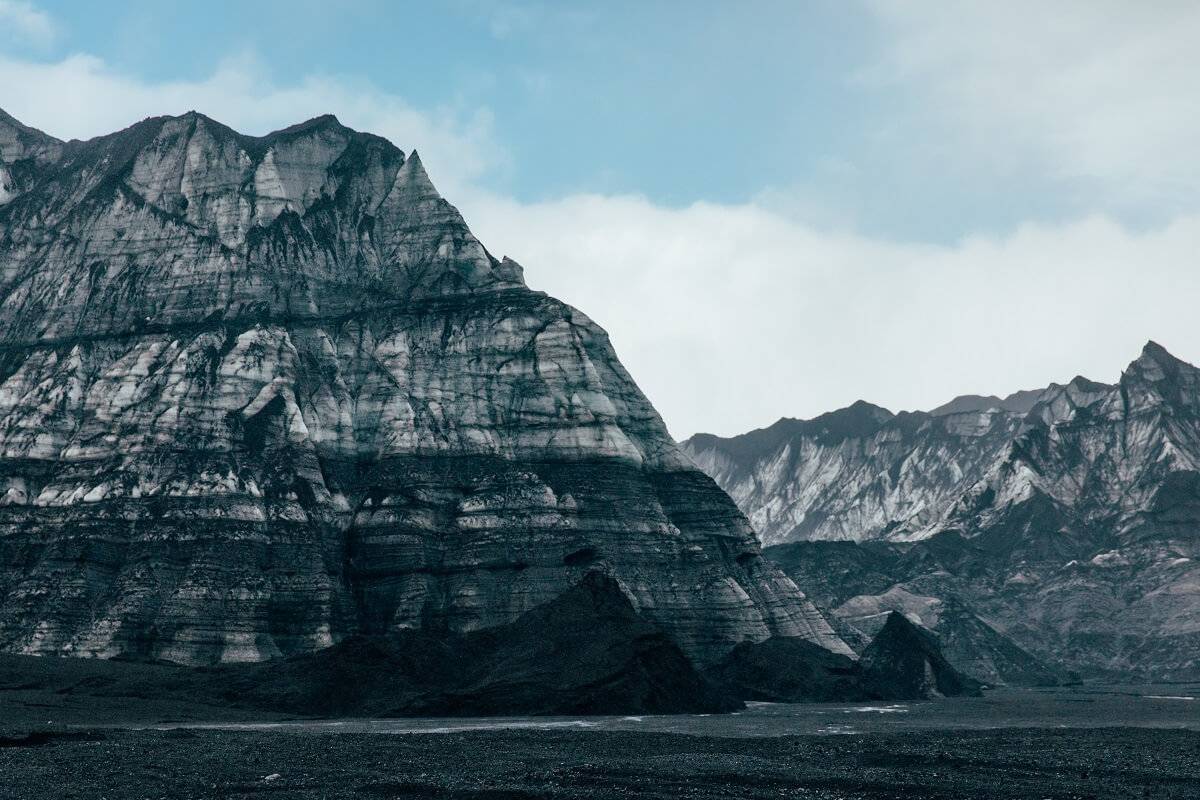
Volcanic Eruptions in Iceland: Katla Volcano
Katla is an extremely active volcano just north of Vík in south Iceland. In fact, Katla has erupted about twenty times since 930 AD, and it is certain that the volcano will erupt again. The volcano itself is located underneath the glacier Mýrdalsjökull; this means that its eruptions often trigger dangerous glacial floods.
Katla’s last major eruption started in October 1918 and continued for 24 days. Glacial floods carried so much sand out to sea that Iceland’s coast was actually extended by 5 km (3 miles). The 100 year pause since Katla’s last eruption means we can expect some volcanic activity in the near future. Scientists are constantly monitoring the area; however, we can never know for certain exactly when Katla will erupt.
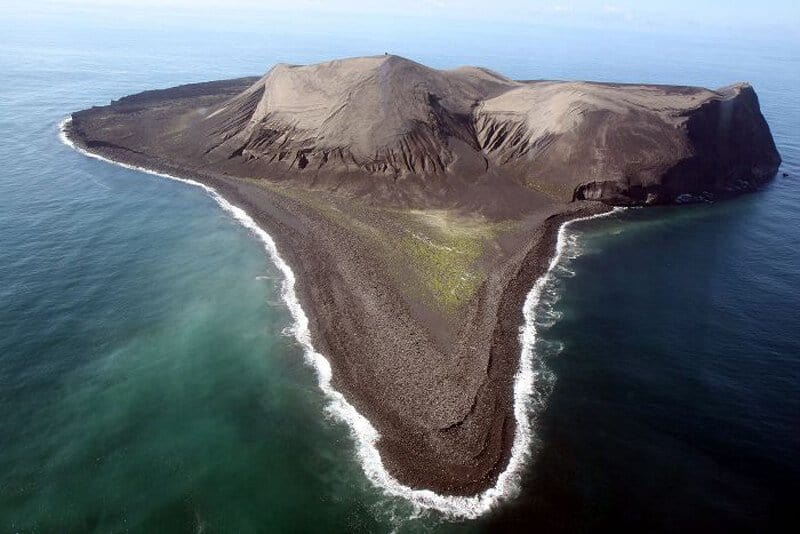
Rising From the Sea: Surtsey Volcanic Island
In November 1963, fishermen from Iceland’s Westman Islands saw a column of smoke and ash rising from above the waves and went to investigate. Instead of finding a burning boat, the fishermen found a volcanic eruption. Lava was erupting deep below the ocean’s surface. The cold sea waters made the magma harden very quickly, which resulted in the formation of a new island: Surtsey.
Since the formation of Surtsey, it has been protected as a nature reserve and barred from most visitors. The intent is to prevent human disruption so that scientists can study the island’s development. Over time, the island has attracted plant and animal life. However, only very few scientists and geologists can visit the island to conduct research.
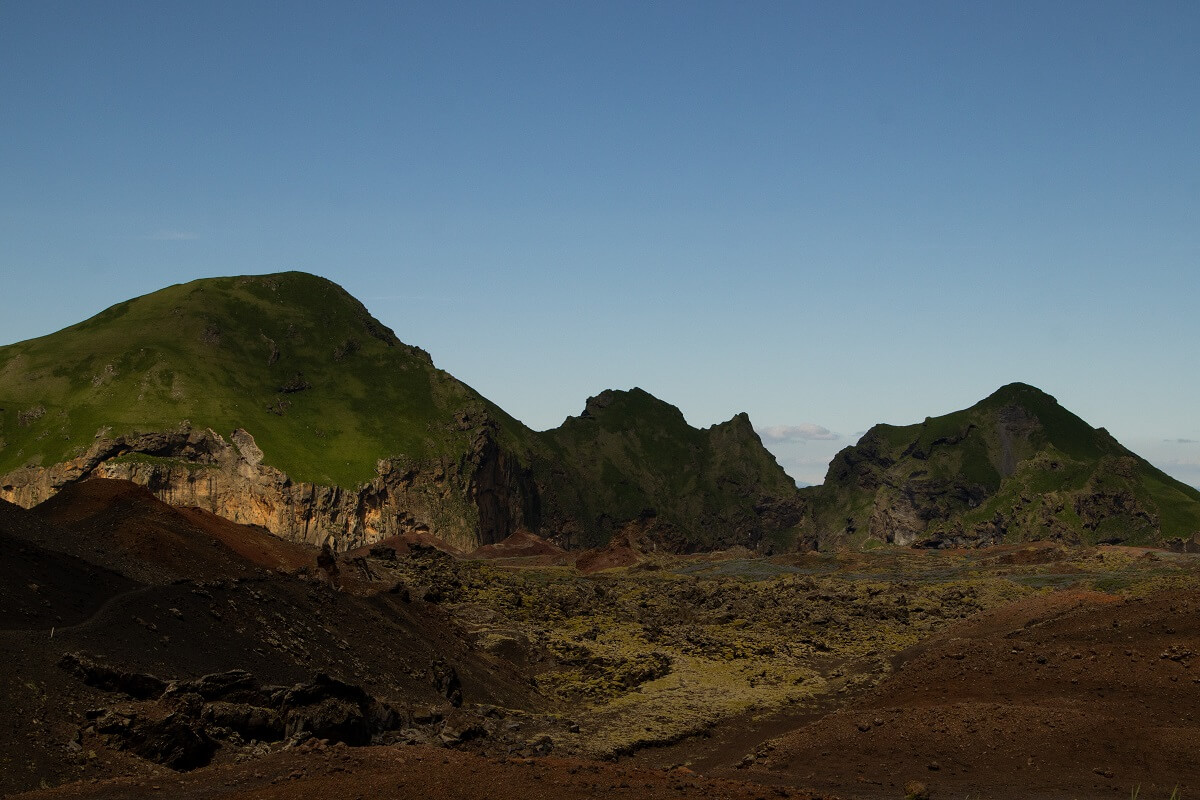
Volcanic Eruptions in Iceland: Eldfell Volcano
In January 1973, an eruption began on Heimaey–the largest island in the Vestmannaeyjar archipelago. At the time, this chain of islands was home to about 5000 people. Luckily, the local fishing fleet was in the island’s harbor, making it possible for most of the inhabitants to evacuate. Pumps were used to cool down the encroaching lava so that it would not block off the harbor. However, the eruption continued for several months, causing widespread damage to the small fishing community.
When the eruption finally stopped, the island had grown by 2 km (1.2 m) and had a new 220 m (660 ft) volcano–named Eldfell or ‘fire mountain’ in Icelandic. Over the next years, the islanders worked hard to rebuild their community. Nowadays, Heimaey is again a thriving village and a popular tourist destination. Visitors can even visit Eldheimar Museum to learn about the eruption and read stories from inhabitants who experienced the eruption firsthand.
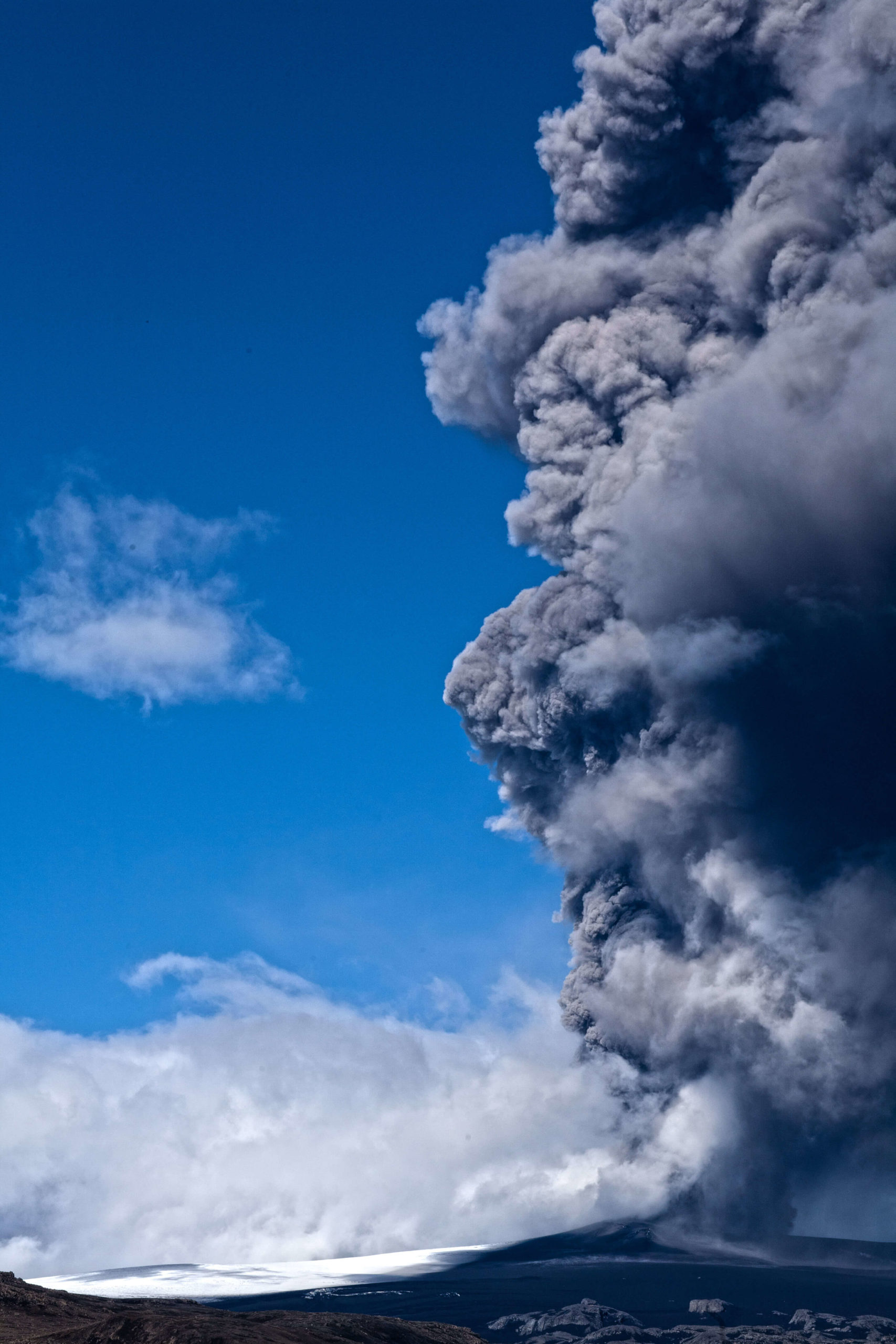
Eyjafjallajökull Volcano-Glacier
Halting air travel across Europe for several days, the eruption of Eyjafjallajökull in 2010 made waves around the world. The eruption’s gigantic ash plume sent ash particles high into the air making it unsafe to fly. Millions of travelers were stranded, their eyes suddenly turned toward a volcano in Iceland that they had probably never heard of before. Ultimately, the volcano would erupt for several months and deposit large amounts of ash across south Iceland. Clean-up operations would take many months, but luckily, no one was harmed.
Since the settlement of Iceland, Eyjafjallajökull has only erupted four times: in 920, 1612, 1821 and 2010. Similarly to Katla, Eyjafjallajökull is a glacier-volcano–meaning, the volcano itself lies underneath a snow-covered glacier. Now that Eyjafjallajökull is dormant, visitors to Iceland can actually go snowmobiling on the glacier itself. Scientists regularly monitor the glacier-volcano, making it possible to explore the area with an expert guide.
Underneath the Glacier: Bárðarbunga Volcano
Bárðarbunga is yet another volcano located underneath a glacier–the Vatnajökull glacier, to be specific. This volcano is far away from any towns or villages, located deep in the Icelandic highlands. In August 2014, a series of earthquakes near the volcano indicated that an eruption was imminent. Sure enough, the Bárðarbunga eruption began in the Holuhraun lava field on August 29, 2014 and continued until February 2015.
Due to Bárðarbunga’s remote location, not as many people visited the eruption site. However, photographers were still able to take some incredible photographs including aerial shots from helicopters. At the end of the Bárðarbunga eruption, scientists would record the largest lava flow since the Skaftáreldar eruptions of 1783. What’s more, the eruption would create a new lava field about 85 km2 (32 m2). For reference, that’s the size of about 11,000 football fields!
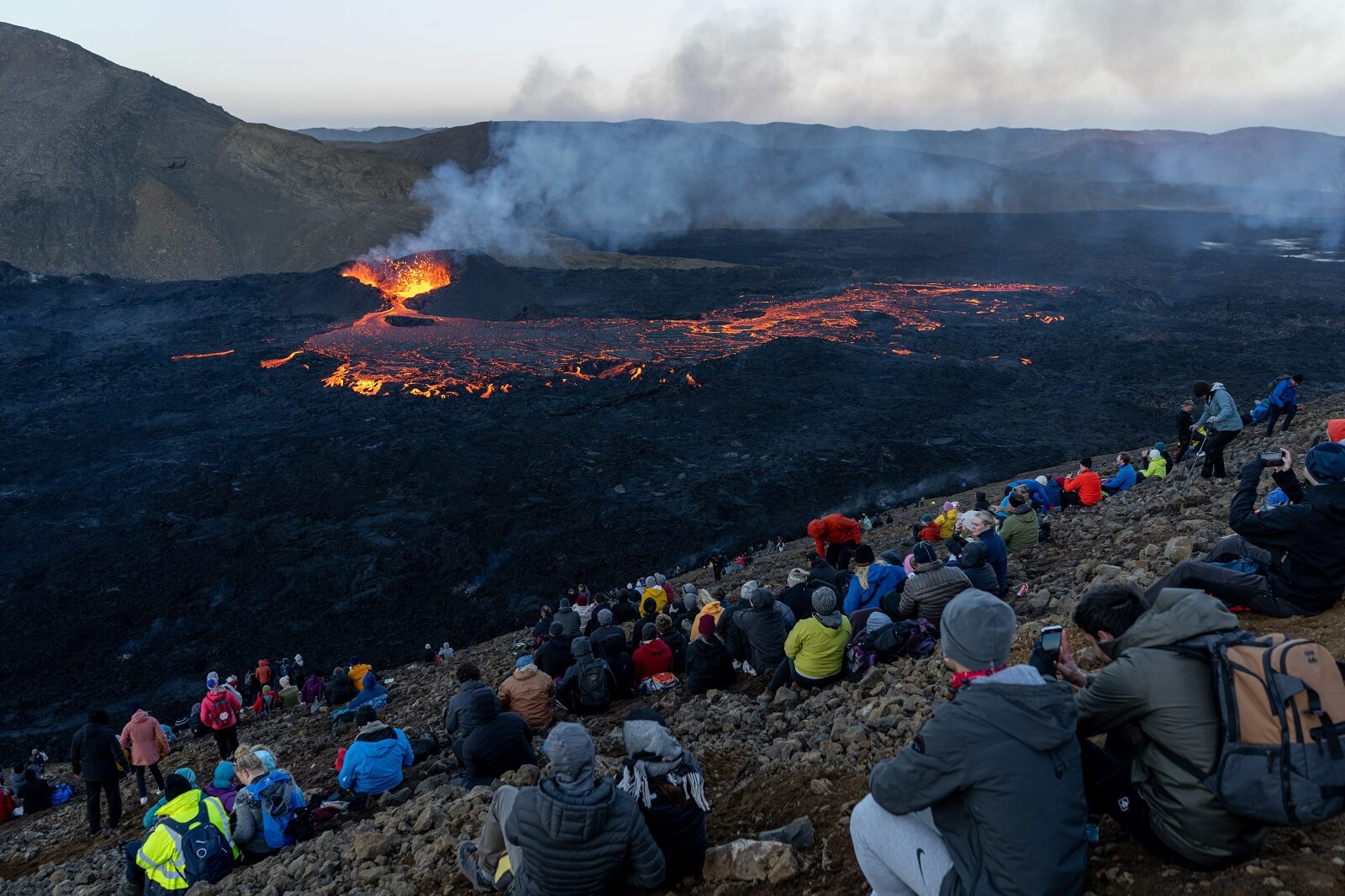
Iceland’s Newest Eruption: Fagradalsfjall Volcano
The most recent volcanic eruptions in Iceland took place at Fagradalsjall volcano on the Reykjanes Peninsula. The first eruption began on the evening of March 19, 2021 and lasted until mid September, 2021. Then just a few months later, another eruption began at Fagradalsjall on August 3, 2022 and ended on August 21, 2022.
Compared to other volcanic eruptions in Iceland, these eruptions can be considered quite small. Instead of erupting high into the air and emitting lots of ash, lava poured out from a large fissure. What’s more, the volcano’s location made it quite easy to visit. Travelers from around the globe visited Iceland to get up close to the volcano. Photographers and videographers were able to get some truly amazing shots of this natural wonder.
Newsletter
We frequently share Iceland travel tips, hidden gems, special offers & latest news through our newsletter. Don’t miss out, sign up today.
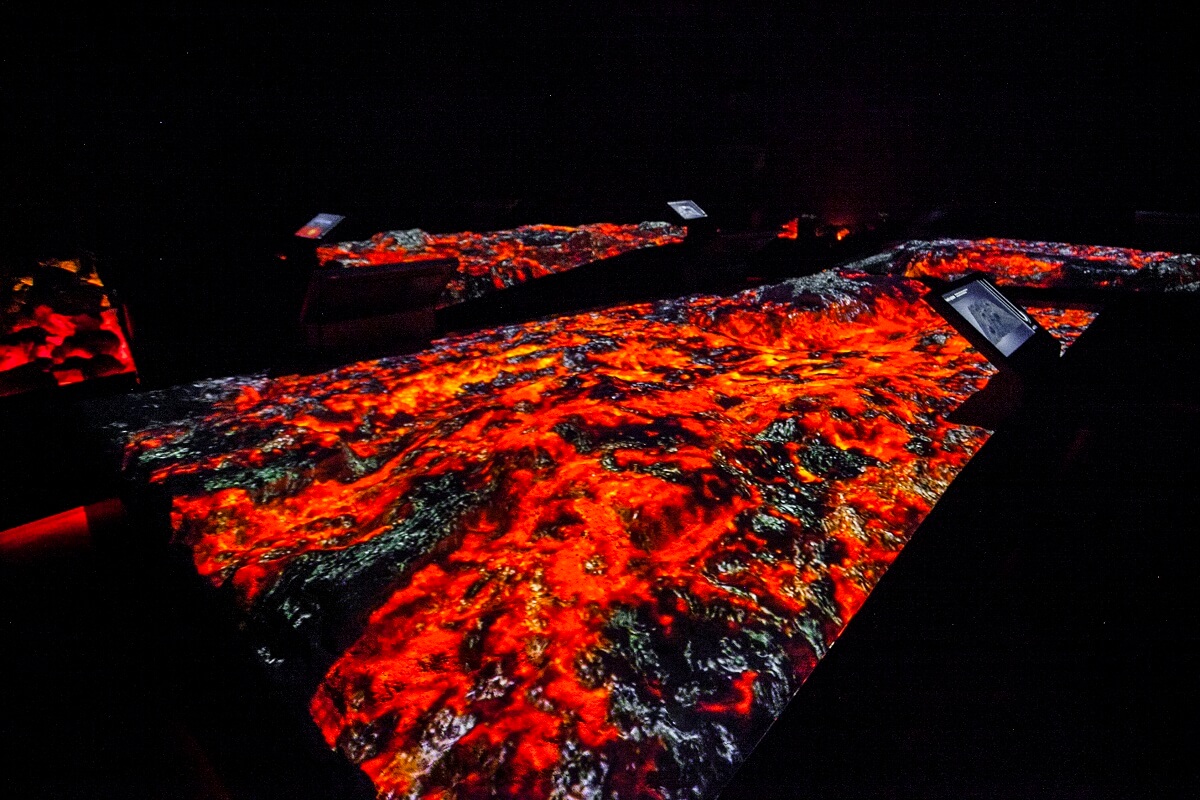
The Lava Centre in Hvolsvöllur
Located just minutes from Hotel Rangá, the Lava Centre is an interactive volcano exhibition. This family-friendly educational centre offers visitors the chance to learn all about volcanoes and earthquakes. Listen to stories from Icelanders who experienced volcanic eruptions up close and try out an earthquake simulator.
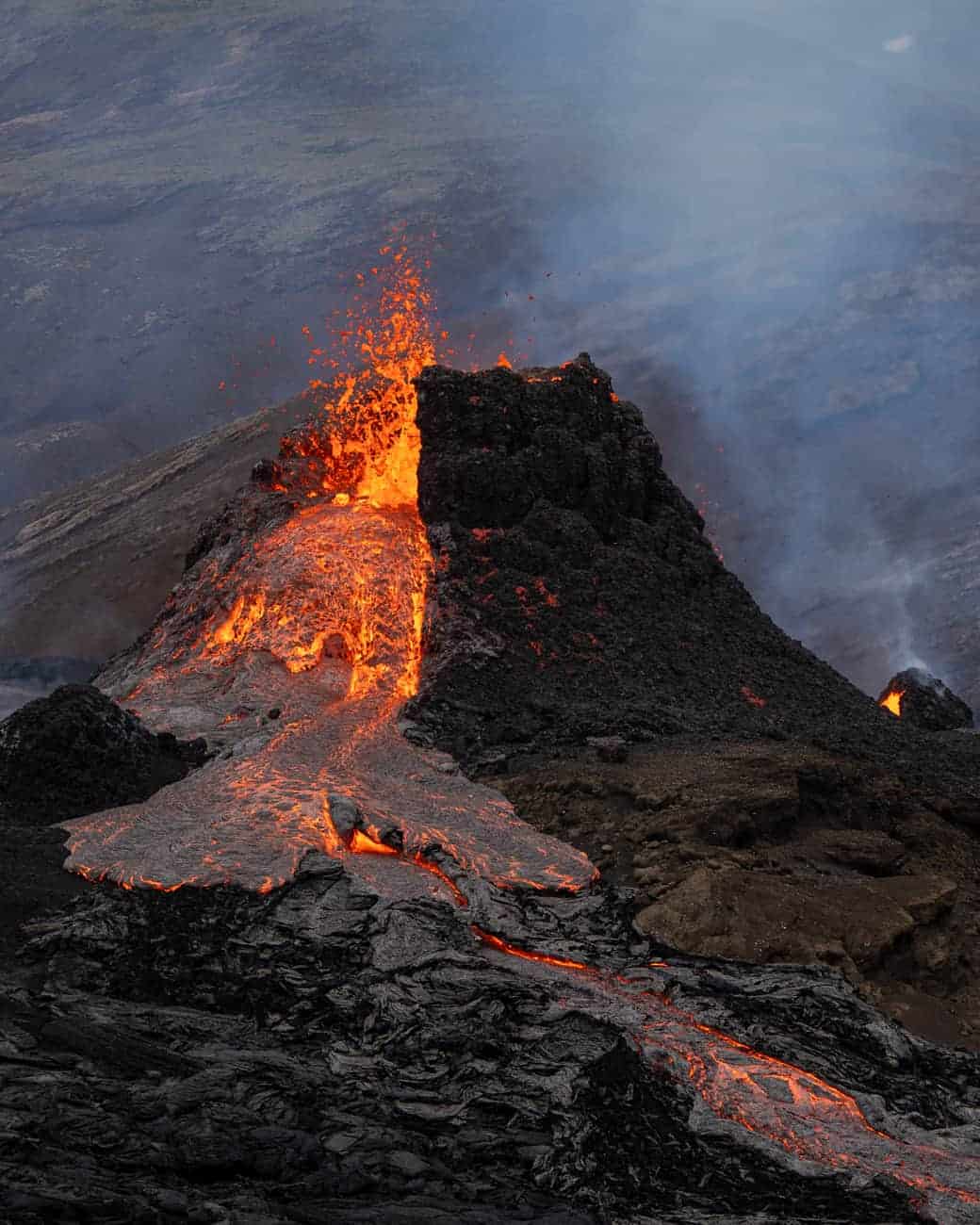
The Westman Islands’ Eldheimar Museum
The Westman Islands’ Eldheimar Museum is actually constructed around the remains of one of the houses that was destroyed in the 1973 eruption. Visitors are able to listen to a helpful audio guide as they walk through the museum. Learn about the fateful day when the eruption began and hear from Icelanders who were there when it happened.
Volcanic Eruptions in Iceland: Icelandic Lava Show in Vík
Visit the Icelandic Lava Show in the village of Vík and see red hot lava up close! Real lava heats up to incredibly high temperatures so that visitors to Iceland can see the phenomenon at any time. This show is totally unique and a great family-friendly activity.


